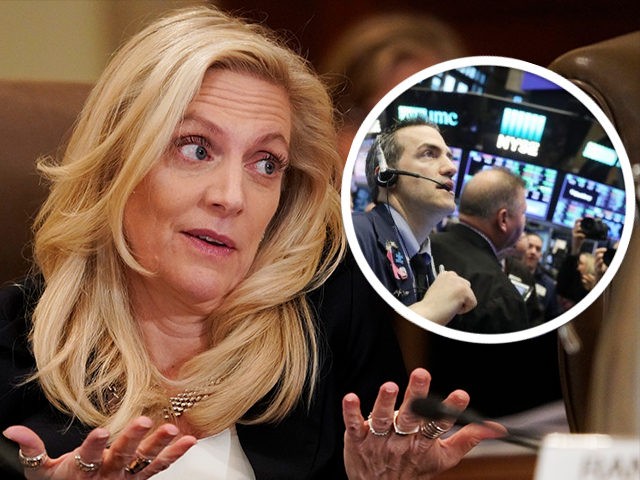The yield curve uninverted on Tuesday morning when 10-year Treasury bonds sold off by more than two-year bonds. The yield on the two-years rose 0.092 percent to 2.52 percent while the yield on the 10-years jumped 0.139 percent to 2.551 percent. That’s still a very flat yield curve, but it is at least right-side up.
The proximate causes of investors apparently changing their views on the path of interest rates were a series of statements from Federal Reserve officials that made it clear a consensus has developed that the central bank will have to raise rates by 50-basis points at its next meeting and pursue a more aggressive run-off of its balance sheet. Federal Reserve Board Governor Lael Brainard said in a speech at a conference sponsored by the Minneapolis Fed that “inflation is much too high and is subject to upside risks.” She added, “It is of paramount importance to get inflation down.”
“Given that the recovery has been considerably stronger and faster than in the previous cycle, I expect the balance sheet to shrink considerably more rapidly than in the previous recovery, with significantly larger caps and a much shorter period to phase in the maximum caps compared with 2017–19,” she said.

Federal Reserve Governor Lael Brainard attends a “Fed Listens” event at the Federal Reserve headquarters in Washington, DC, on October 4, 2019. (ERIC BARADAT/AFP via Getty Images)
Brainard is considered a “dove,” meaning she tends lean against rapid tightening. Her instincts tend to put her on the side of keeping rates lower to support employment rather than raising them to fight inflation. That makes her apparent endorsement of a stream of rate hikes and faster balance sheet reduction all the more important. If inflation is worrying Brainard, the Fed must be getting serious about inflation.
Perhaps as important as the fact that Brainard is concerned about inflation is the reason she gave for her heightened concern at the Minneapolis Fed conference on Monday. In her speech, Brainard pointed out that inflation hits lower-income households harder than higher-income households. This is something we pointed out one year ago. The reasons, according to Brainard, are that lower-income households spend a larger portion of their income on things with more volatile prices, like food and fuel. What’s more, higher-income households appear to have a greater ability to substitute some goods and services for others. In other words, Brainard is explaining the bleeding-heart reasons for tightening.
It was not just Brainard, however. Mary Daly of the San Francisco Fed, also a noted dove, voiced support for a 50-basis points hike. Neel Kashkari, the president of the Minneapolis Fed and widely considered the most dovish Fed official (although not a voting member until 2023), hosted the event where Brainard made her remarks. Team transitory, in other words, have capitulated to the need for tightening.

COMMENTS
Please let us know if you're having issues with commenting.